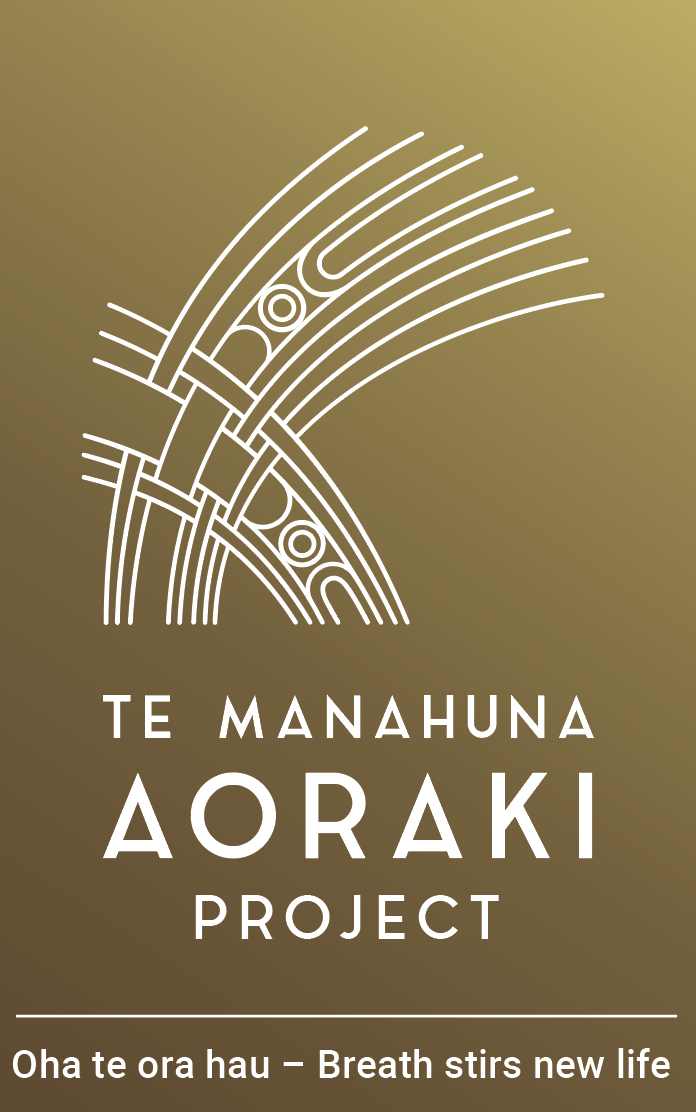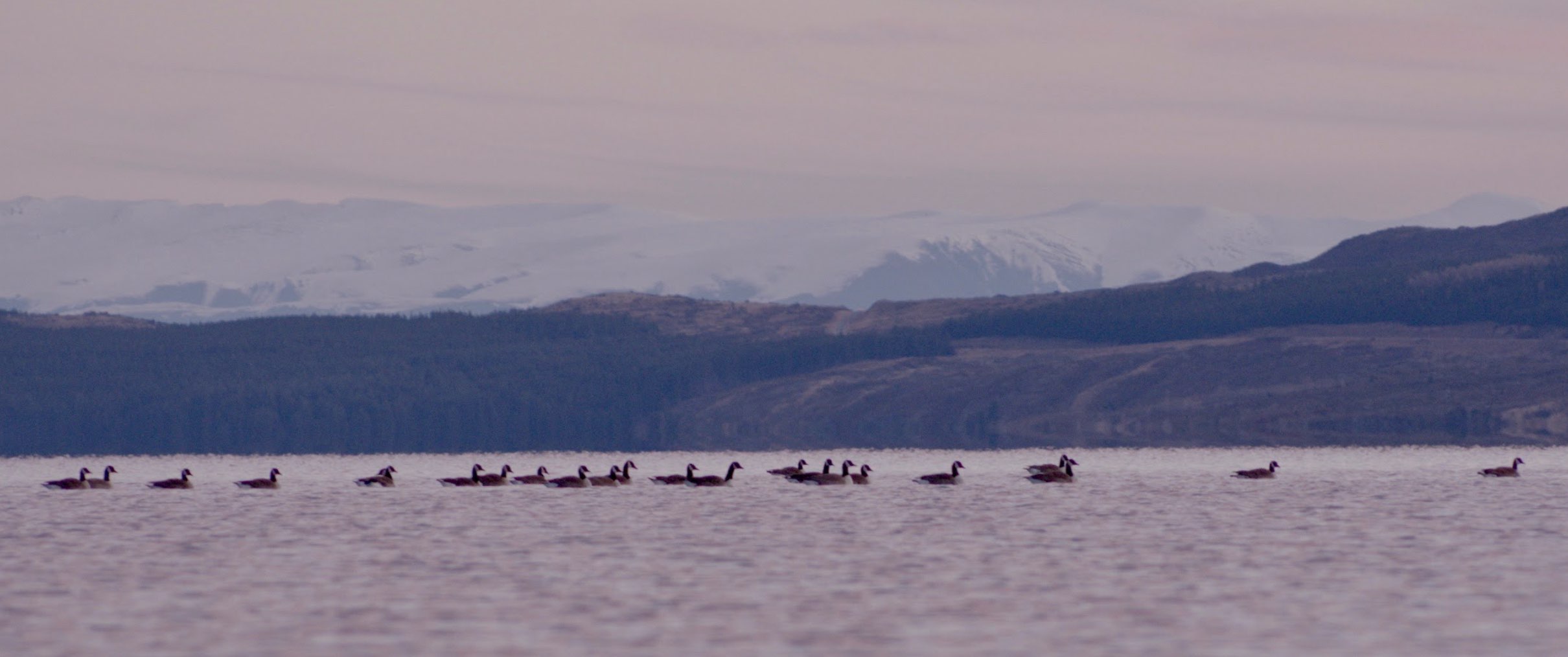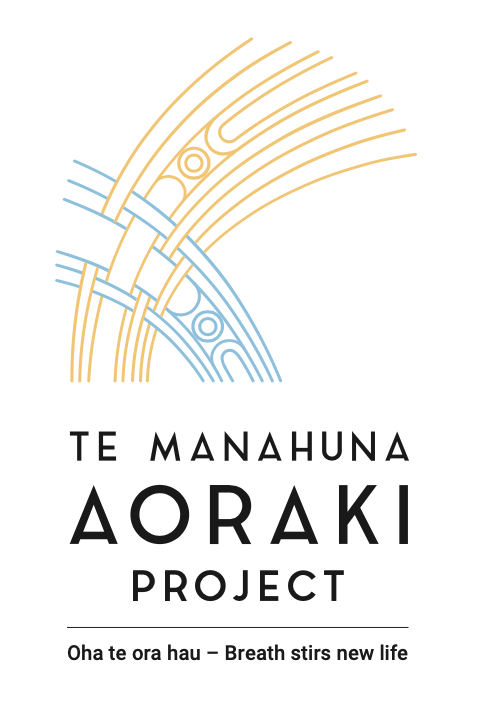By Simon Edwards
Two or three hares can eat as much as a sheep in alpine grassland. They’ll also damage saplings and shrubs.
As part of his research, Otago PhD student Nick Foster needed help to put GPS collars on hares in the nationally significant biodiversity area looked after by Te Manahuna Aoraki. Lilybank Station manager Johnny Wheeler, his neighbour Laurie Prouting from Mesopotamia Station, and helicopter pilot Mark Pridham stepped up.
Hares are solitary animals, with territories of up to 300 hectares. There are no established attractants. They can also run at up to 70kph and zig-zag all over the place.
Between them, Johnny, Laurie and Mark have a wealth of experience with capture of live animals. They redesigned nets usually used to catch deer and other ungulates, making them much smaller. Up in a chopper over Lilybank Station it took time for the team to get their eye in, but the trio managed to net enough hares for Nick and his team to collar.
Data on the hares’ movements gleaned from the collars – and from motion-activated trail cameras, chew cards and tracking tunnels also used to monitor movement of stoats, ferrets and hedgehogs – have provided invaluable data on what altitudes and territories these pests get to between seasons. These insights are now helping inform a long-term plan aimed at eradicating them from this part of the high country.
“People said live hare capture couldn’t be done,” Te Manahuna Aoraki project manager Simone Smits said.
“These guys took on the challenge, worked out how to do it, donated their time and came up with the goods. We couldn’t have done it without them.”
And it’s typical of the co-operation and interest that landowners are demonstrating in the project, Simone said.
Te Manahuna Aoraki is focused on restoring the iconic natural landscapes and threatened species over 310,000 hectares of the upper Mackenzie Basin and Aoraki/Mt Cook National Park. It was launched in 2018 and founded by the Department of Conservation, three Rūnanga representing local iwi and the NEXT Foundation. They’ve since been joined by high country landowners, investors/philanthropists and Predator Free 2050 Ltd.
It wasn’t hard to get farmers and landowners on board, Simone said.
“Essentially, this is a partnership between a whole lot of people who are really passionate about this space. Some 40% of the Te Manahuna Aoraki area is in private ownership.”
If indeed there is a stereotype of farmers who don’t give much thought about protecting the environment, it certainly gets shot down here.
“This area is really rich in biodiversity. Some of the farmers in this place are fourth generation and the reason those biodiversity values remain on their properties is because they value those things very much.
“They farm here because they’re connected to this place,” Simone said.
Farmers have helped transport, set and clear Te Manahuna Aoraki traps and in another project, when floods disrupted breeding pairs of kakī (black stilt) from their usually nesting sites on braided riverbeds to farmland, the landowners and their staff reported bird and nest sitings. Eggs collected from nests in precarious places in the wild were raised in Twizel and by the Isaac Conservation and Wildlife Trust.
Harnessing the combined power of all stakeholders – Te Ao Māori perspectives and kaitiakitanga, the local knowledge of farmers, input from scientists and researchers, resources of councils and government agencies, the willingness of pest trapping professionals and volunteers – has the best chance of driving success, she said.
“To have a predator and pest-free 310,000 hectare area is a hugely ambitious thing to do. It’s twice the size of Stewart Island, three times the size of Auckland…”
As Te Manahuna Aoraki’s partners begin to formulate their long-term strategy, they have three years of monitoring, research and trap catches to guide them on the most effective approaches.
“We needed to know where the predator and pest species are, and how that changes over the year. In wintertime, are they still high up in the mountains or do they come down lower.
“To remove them, or at least get their numbers to a very, very low level, sound answers to those kinds of questions will guide our trapping and other control programmes.”
Effective collaboration is a phrase Balmoral Station’s Andrew Simpson, a former Federated Farmers High Country executive member, also uses when referring to Te Manahuna Aoraki.
“I think it shows just how far you can come when different groups work together.
“It’s proving to be a really exciting opportunity for everyone to make some really decent inroads into weed and pest control in the Te Manahuna area,” Andrew said.
He admits to some initial disquiet that the project seemed to be getting the priorities wrong, targeting the predator species such as ferrets and feral cats rather than getting rabbit numbers down.
“Rabbits are the main food source for the predators. If you get rid of rabbits, the predator numbers dwindle or disappear.
“It all works in tandem and they’ve taken what we’ve said on board. I’ve been impressed by the way they’ve been willing to listen to farmers.”
In fact, Andrew said Te Manahuna Aoraki and the all-stakeholder collaboration that has developed sets a great template for other parts of New Zealand – and a lesson to central government and its agencies that partnership is more effective than regulation as a model for land ownership.
United effort pays off in Canada geese control
What’s good for the goose is certainly not good for farmers, wetlands and native birds.
Another area where the Te Manahuna Aoraki landowner, local authority, DOC and other partner collaboration is paying off is when they’ve set their sights on reducing the numbers of Canada geese.
Large flocks of these birds are a significant problem in the high country and lakes areas, chomping their way through pasture and native grasses, fouling wetlands and the habitat of threatened native birds such as puteketeke/crested grebe and kakī/black stilt.
Farmers have culled the geese in an ad hoc way over the years, but the geese are highly mobile and hunter shy and quickly move on to areas where they’re not threatened.
“They’ll be in one place one day and across the other side of the basin the next,” Te Manahuna Aoraki project manager Simone Smits says.
“To get on top of numbers, we really need a co-ordinated approach. Landowners have been leading that control programme, with co-ordination support from Te Manahuna Aoraki.”
The coming summer/autumn will be the third season the partners have worked together.
“We’re tapping into local knowledge so we can control the geese in a humane and effective way.
“I think we’ve gained huge momentum with other landowners in the Mackenzie Basin, not just the TMA area.”
Last year ground and aerial hunting techniques were undertaken at Lake Pukaki, Lake Takapō/Tekapo, Lake Alexandrina and the Tasman, Cass and Godley river valleys. Hamish Mackenzie from Braemar Station co-ordinated the cull and has said by working together, they were able to remove three times as many geese in a timely and humane way.
Andrew Simpson of Balmoral Station agrees Te Manahuna Aoraki has “really stepped up to the plate” over Canada geese.
“From memory there were 10,000 or 11,000 taken out of the Basin last year.
“It was a huge, huge effort and it has made a big difference. I think other areas need to come on board as well, like Canterbury and the gorge runs.
“Piecemeal doesn’t work. It needs co-ordination and everyone doing their bit,” Andrew said.


